Beans can do wonders for your heart health. Here’s what the research and experts have to say.
Whether canned or dried, eaten alone or mixed in a salad or soup, beans are a great source of protein and fiber — and they are one of the best heart-healthy additions you can make to your meals.
According to the American Heart Association, eating beans as part of a healthy diet can help improve high blood cholesterol, a leading cause of heart disease. It may also keep you feeling full longer, without the saturated fat found in some animal products. According to research from the Mayo Clinic, feeling full on fewer calories can help with weight loss and controlling hunger.
Beans are also high in minerals and fiber, and their fiber and protein have been shown to naturally help reduce blood pressure. Another benefit of eating beans is that they are high in potassium, naturally low in sodium, and contain calcium.
These nutrient-dense legumes also form a complete protein when combined with grains. The latest dietary guidelines from the American Heart Association recommend eating 5 ounces of beans per week.
In honor of National Baked Bean month, here is a look at the best bean varieties for heart health, and how best to prepare them, according to experts.
1. Black Beans: A Household Staple Rich in Antioxidants
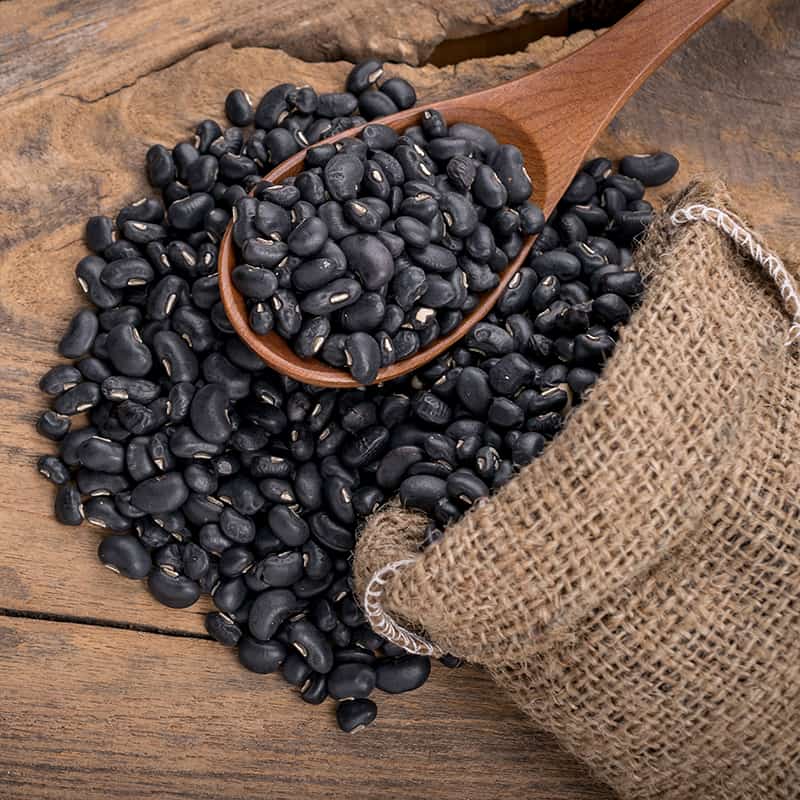
If you’re looking for a type of bean that is rich in fiber and low in calories, black beans may be the right fit for you. Black beans contain calcium, magnesium, and phosphorus — all essential bone-building materials. These beans also contain folate and magnesium, which help lower blood pressure. Apart from lowering cholesterol, resistant starches like black beans can help with a variety of other things as well, according to Neron Francis, RDN, a registered dietitian in New York City and owner of Nutrition by Neron. Resistant starches are a type of carbohydrate that doesn’t get digested in your small intestine. Francis says that resistant starches feed the gut microbiome, which keeps the immune system healthy. He also stresses that this affects mental health and physical health.
The gut microbiome controls digestion and benefits the immune system and many other aspects of health. An imbalance of unhealthy and healthy microbes in the intestines may contribute to weight gain, inflammatory bowel syndrome, diabetes, eczema, and more. According to Chemical Abstracts Service, gut bacteria have been linked to several mental illnesses — and patients with various psychiatric disorders, such as depression, bipolar disorder, and schizophrenia, have been found to have significant alterations in the composition of their gut microorganisms, as have people with autism.
Francis says that when it comes to black beans, he enjoys preparing a salad in which he mixes corn, black beans, and balsamic vinegar dressing. Here are two other black bean recipes and how to prepare them:
Black Bean Dip
:max_bytes(150000):strip_icc()/GameDayBea-Dip_01-fe3455f32f4749ab84fe6bbc3b4a8306.jpg)
If you’re in the mood for a simple yummy dip, this black bean recipe from integrative functional medicine–based nutritionist Jessica Michelle Coghill is definitely for you. It’s perfect for a summer cookout, and it only requires six ingredients. It is also perfect for those who follow a plant-based diet, since it is dairy free.
Coconut Rice With Beans
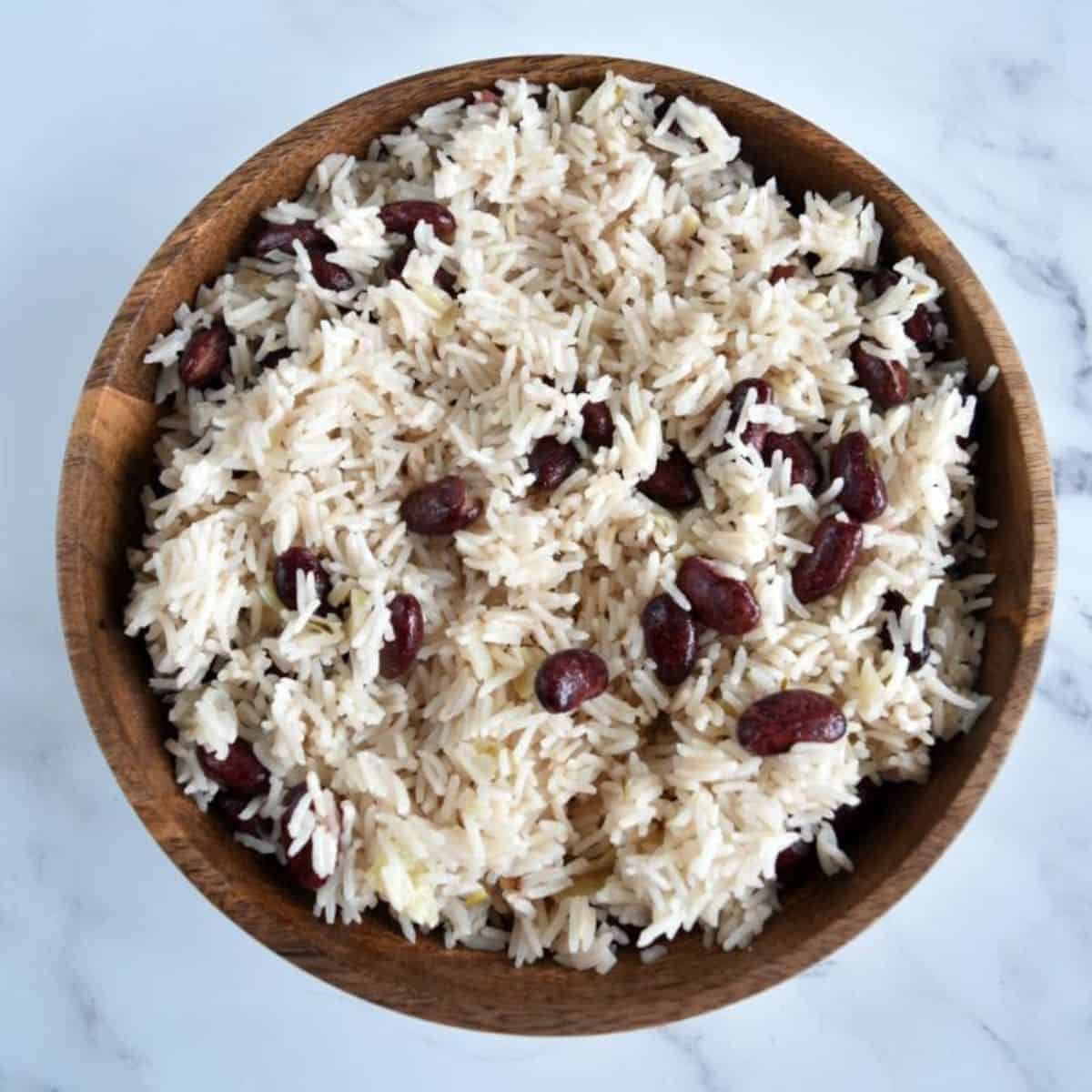
This recipe by Coghill is perfect for rice and bean lovers. For those who follow a plant-based diet, it is important to incorporate other sources of protein into your meals beyond just beans, says Coghill: “Beans are an incomplete protein, meaning they lack the full spectrum of amino acids we need to build cells.” Coghill recommends pairing beans with some rice since, since rice contains the essential amino acids isoleucine and lysine that are lacking in beans. Bonus: The recipe only calls for four ingredients and is quick and easy!
2. Chickpeas: A Yummy Legume That Will Help Keep Your Blood Sugar Low
![6 Unique Health Benefits Chickpeas [Garbanzo Beans] | DeliciousDoor](https://cdn.shopify.com/s/files/1/0643/6565/8358/articles/chickpeas-healthy-food-1666802509766_8f215e6c-622d-473c-a859-167d4699fba6_1120x.jpg?v=1666980904)
Chickpeas are low in sodium and high in fiber, which means they can help you feel fuller longer and keep you regular. These legumes also help control blood sugar, according to the Cleveland Clinic, and they are a good source of polyunsaturated fats. Based on a study conducted by the Harvard T.H. Chan School of Public Health, these fats decrease the risk of heart disease, stroke, and early death.
Francis suggests an excellent cold salad for the summer: He mixes low-sodium chickpeas with vinaigrette, red wine vinegar, chopped onions, tomato, and lime.
Here is another chickpea recipe to try:
Lentil Chickpea Salad 
This delicious dish by Coghill is perfect for the summertime, especially for those who go straight for the salad at every cookout. It is also a good source of potassium, which has a lot of health benefits, such as helping the muscles contract and supporting normal blood pressure, according to Harvard Health.
3. Navy Beans: A High-Fiber Option That Reduces the Risk of Heart Disease
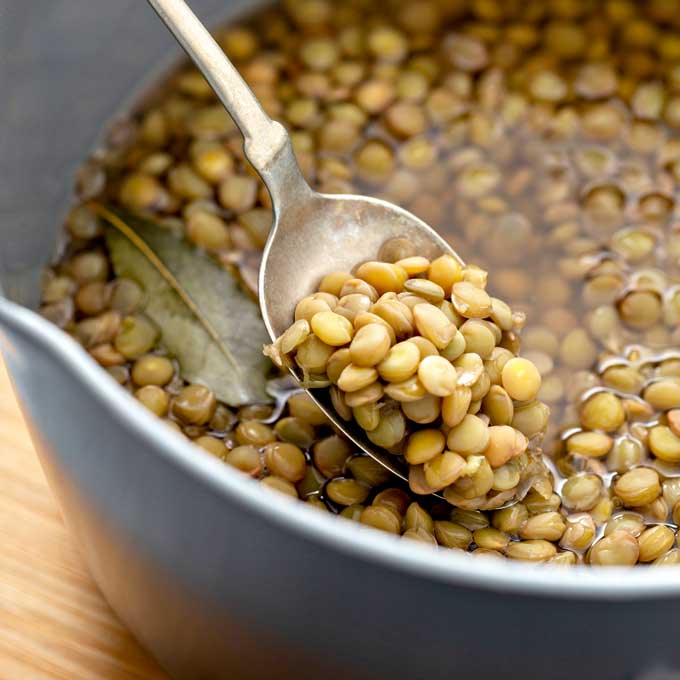
If you’re looking for a bean that is a great source of fiber, vitamin B, carbohydrates, and essential nutrients, the navy bean (also known as the haricot bean) is for you. According to the U.S. Department of Agriculture (USDA), it is also a good source of potassium, folate, and magnesium. Folate and magnesium are beneficial for heart health, according to research.
Magnesium helps maintain a healthy heartbeat and normal blood pressure. Navy beans also appear to reduce the symptoms of metabolic syndrome, a condition that increases the risk of heart disease, stroke, and diabetes, according to the results of a small study involving 14 overweight adults who ate 5 cups of canned beans per week. But you don’t need to eat an all-bean diet to reap the benefits of navy beans.
Here are two recipes to get you started:
Vegan Bean Soup

This creamy vegan dish by Michelle Blackwood, RN, of Healthier Steps is gluten-free and oil-free and perfect for winter. It’s budget-friendly comfort food, without all the calories. It incorporates vegetables like carrots and potatoes, along with spices, herbs, onions, and garlic, for a delicious zest. One cup of cooked white beans contains 15 grams of protein and 19 grams of fiber, which can help keep you feeling fuller longer.

This flavorful and refreshing dish by Alejandra Graf of Brown Sugar and Vanilla is great as an entrée or a side dish. The low-calorie recipe calls for green beans, navy beans, garlic, preserved lemons, and capers. You can throw all of the ingredients together in about 10 minutes and prep for another 10 minutes, which makes it an easy go-to meal.
4. Pinto Beans: Affordable and Easy to Prepare
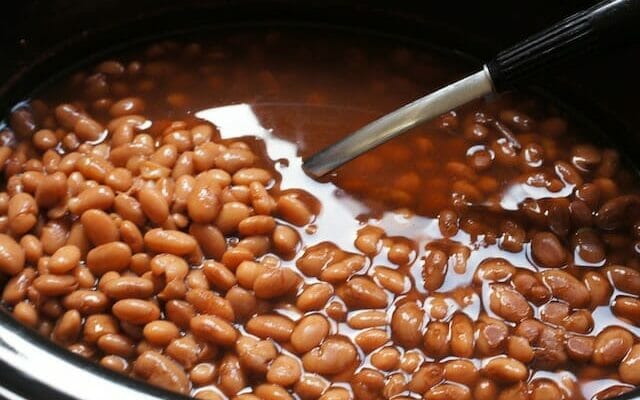
This popular speckled variety of bean is best known for its creamy texture, mild flavor, and ability to absorb flavors; it also pairs well with numerous dishes.
According to a study on hamsters published in The Journal of Nutrition, pinto beans effectively lower cholesterol by decreasing cholesterol synthesis in the liver and cholesterol absorption in the small intestine. Pinto beans also boost thiamine, which helps your body convert food into energy.
Pinto Bean Soup

This savory budget-friendly broth by Stephanie Melchione of the Cozy Cook uses a variety of vegetables and nourishing ingredients. Meat eaters can add sausage, or for leaner options, you can use ground chicken or ground turkey. This soup is full of antioxidants, protein, fiber, vitamins, and minerals, which makes it the perfect healthy and flavorful dish.
Cheesy Pinto Beans

Did somebody say cheese? This satisfying cheesy dish by Beth Moncel of Budget Bytes is budget-friendly and simple. The creamy texture of the cooked pinto beans is perfect for refried beans, soups, or serving over rice. With only seven ingredients, it takes just 20 minutes to prepare, making it a perfect meal when you are short on time. It is also very filling and can work as a main entrée or side dish.
5. Soybeans: ‘Meat Without Bones’
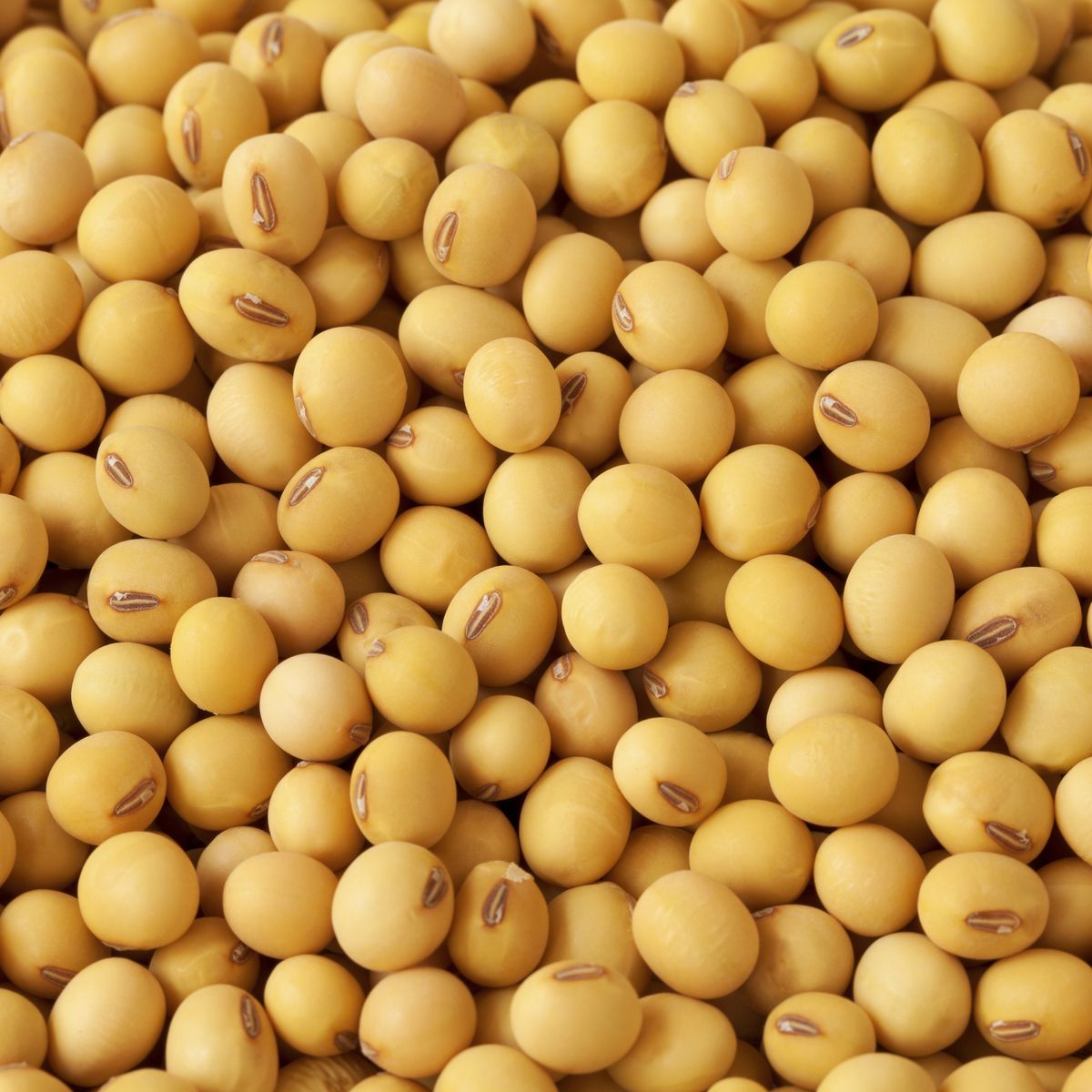
Based on research from Cleveland Clinic, soybeans are a great bean for people who are following a strict vegetarian diet, thanks to their high protein. Researchers also say that this kind of protein is next only to the protein we get from animal foods, many of which contain high levels of saturated fat and dietary cholesterol.
According to the USDA, half a cup of soybeans contains 34 grams of protein and 1,675 milligrams (mg) of potassium, while many of the other legumes have around 8 or 9 grams of protein per half cup.
Researchers stress that although soy protein appears to have only a small impact on LDL (“bad”) cholesterol — a primary risk factor in the development of cardiovascular disease — it still has a number of cardiovascular health benefits. The American Heart Association says that eating foods containing soy protein, as a replacement for foods that are high in animal fats, may prove beneficial to heart health.
Spicy Yellow Soybean, Lentil, and Carrot Curry
If you’ve been looking for a delicious spicy curry recipe, this healthy dish by Cooking Light may be just the thing. This zesty meal is filled with nourishing lentils, soybeans, and fresh cilantro, among other healthy ingredients — and it’s a perfect dish for veggie eaters. But with 937 mg of sodium, this dish may contain too much salt for those who have high blood pressure or are aiming to lower their sodium intake significantly. The American Heart Association recommends no more than 2,300 mg a day, while moving toward an ideal limit of no more than 1,500 mg per day, for most adults.
Source: https://www.everydayhealth.com








